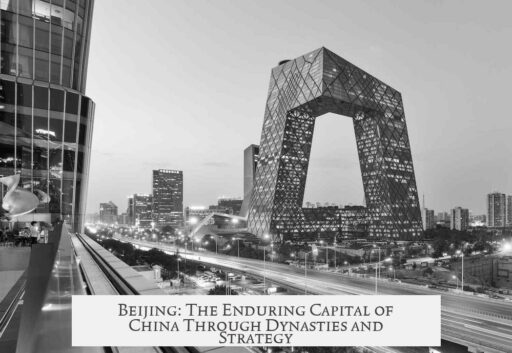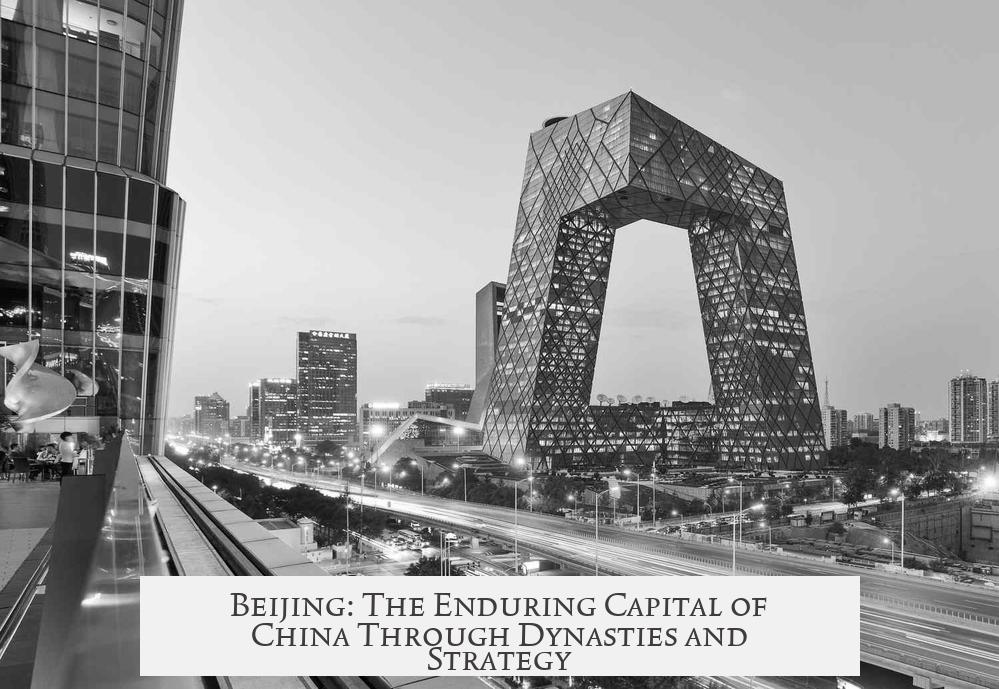Beijing has been the capital of China due to its strategic location, political significance, and historical continuity across several dynasties and regimes. Four key regimes—Yuan, Ming, Qing, and the Communist Party—have all found Beijing practical as a capital. This choice reflects the city’s role in balancing proximity to nomadic homelands with control over the vast Chinese heartland. Beijing’s status as capital is deeply intertwined with Chinese history, geography, and political necessity.

First, the Yuan Dynasty, founded by the Mongols after conquering the Southern Song, made Beijing their seat of power. The city’s location near the steppe allowed the Mongol rulers to stay connected with their nomadic homelands. At the same time, Beijing was close enough to the economic centers of China to allow efficient administration and resource extraction. However, Beijing’s winters were harsh and the city could not sustain itself without continuous supplies. This necessity led to the maintenance of the Grand Canal, which transported food and resources from southern China northward, ensuring the city’s survival as a political center.
Next, the Ming Dynasty’s Yongle Emperor shifted the capital to Beijing after winning a fierce power struggle. Starting as the Prince of Yan, the emperor launched a campaign from Beijing to assert control over China. Instead of rebuilding the southern capital Nanjing, he chose to establish the capital at Beijing, solidifying his power base and positioning the city to monitor Mongol threats from the north. While this relocation was strategically useful, it exposed the Ming Dynasty to northern invasions, and Beijing was later captured by Mongol forces during the dynasty’s decline.
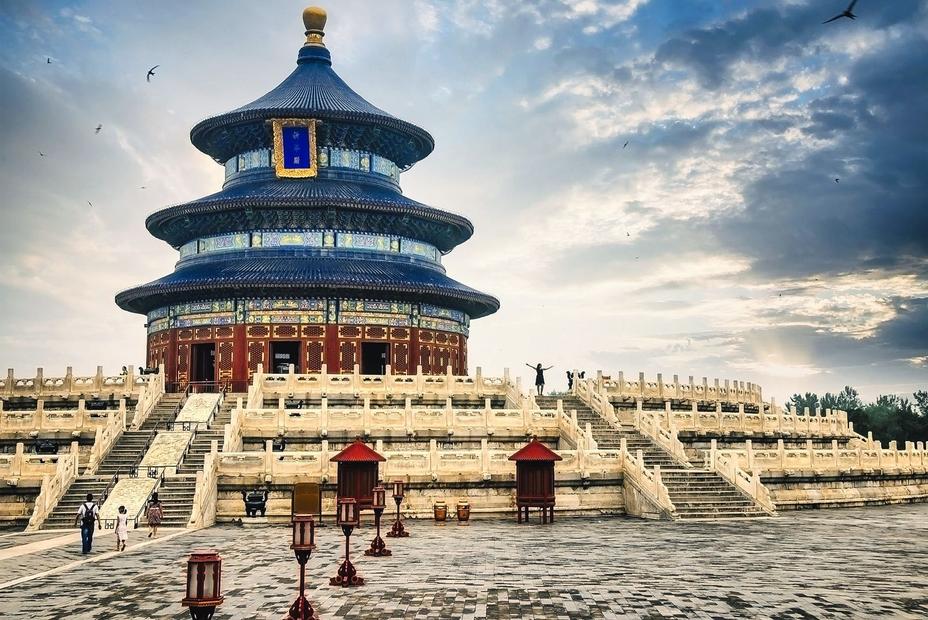
The Qing Dynasty, of Manchu origin, faced similar strategic problems as previous nomadic empires. The Manchus, who came from areas north and northeast of China proper, needed a capital near their homelands to maintain their presence and power. Beijing’s location met this requirement perfectly, allowing the Qing rulers to effectively govern China while maintaining ties to their ancestral lands. Thus, for both the Yuan and Qing, the capital’s location balanced internal control with proximity to nomadic steppe regions.
In modern times, the Communist Party’s decision to keep Beijing as the capital was influenced by historical and practical factors. After the Long March, Communist bases remained primarily in northern China. With southern China devastated by the Second Sino-Japanese War, Beijing was the most feasible option for a capital. It was also a symbolically significant city that had been the seat of power for multiple preceding regimes. This continued use strengthened Beijing’s standing as China’s political center.
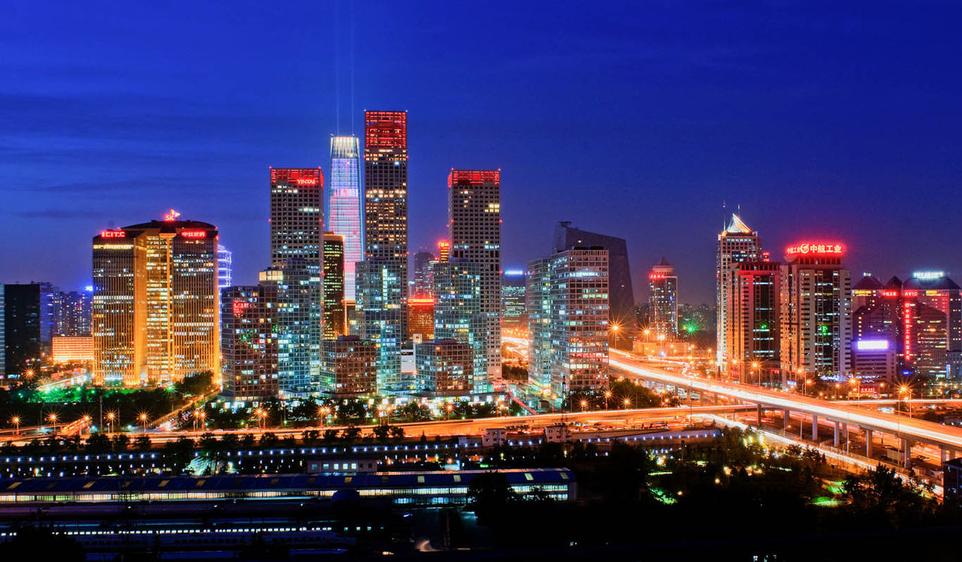
Historically, northern Chinese politics were shaped by both sedentary dynasties and nomadic empires. The Song Dynasty ruled mostly in the south, while northern territories saw shifting control by conquest dynasties such as the Khitan Liao and Jurchen Jin states. These northern powers needed capitals that allowed management of steppe disorder, which prevented rival nomadic groups from consolidating. Beijing’s location allowed rulers to disrupt such challenges effectively.
Maintaining control over northern China while exerting influence on the southern heartland required a capital city that balanced military and administrative functions. Beijing’s closeness to the steppes made it a strategic military outpost. At the same time, infrastructure like the Grand Canal connected it economically to the wealthier southern regions. Without these factors, no ruling dynasty could realistically sustain Beijing as its capital for so long.
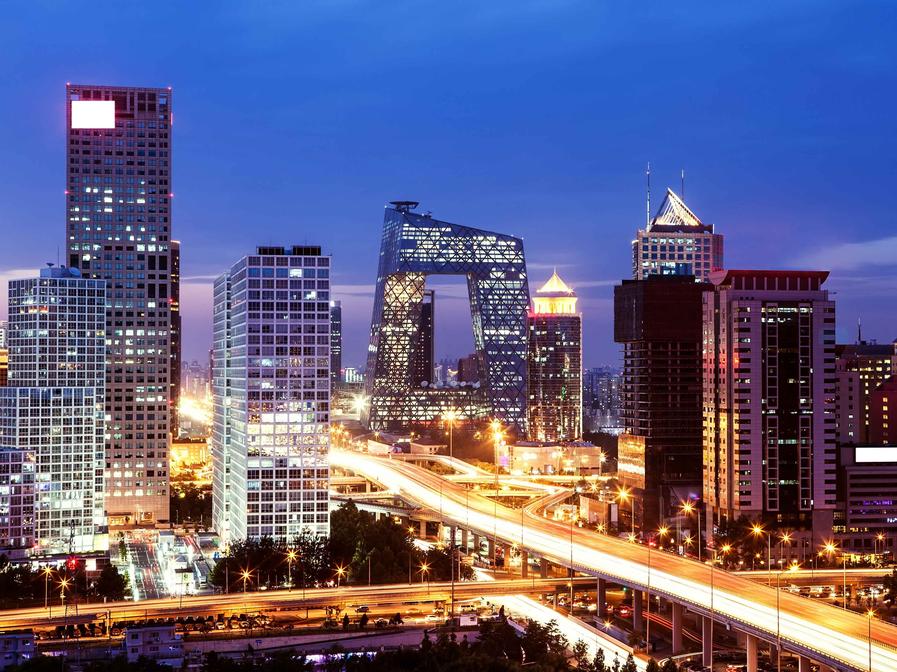
| Dynasty/Regime | Reason for Choosing Beijing | Key Challenge |
|---|---|---|
| Yuan (Mongol) | Close to steppe homelands; economic harvesting of China | Winter resource scarcity; reliance on Grand Canal |
| Ming (Yongle Emperor) | Power base after civil struggle; monitor Mongol threat | Exposure to northern invasions |
| Qing (Manchu) | Maintain ties to Manchuria; govern a unified China | Balancing nomadic and sedentary rule |
| Communist Party | Base in north after Long March; southern China war-torn | Rebuilding nation post-WWII |
- Beijing balances proximity to northern nomadic homelands and the Chinese heartland.
- The Grand Canal is critical to supplying the city, especially in winter.
- Political power struggles influenced capital relocation decisions.
- Dynasties shaped choices based on maintaining control over steppe disorder and Mongol threats.
- The Communist Party continued using Beijing due to historical legacy and northern base strength.
Why Beijing Was and Still Is the Capital of China
Beijing became—and remains—the capital of China because it perfectly balances power, geography, and history, making it the preferred choice of the longest-lasting regimes from the Yuan dynasty to the present Communist government. But that’s just the headline. Let’s unpack why this northern city continues as the heartbeat of China’s vast empire, despite challenges and other attractive options.

If you’ve ever wondered why China’s capital isn’t in southern hubs like Nanjing or Shanghai, the answer lies in a blend of strategic necessity, historical power plays, and geographic realities that have kept rulers glued to Beijing for hundreds of years.
1. The Longevity Factor: Which Capitals Last?

When picking a capital, rulers seek a location that supports long-term control. Beijing ticks that box like a pro. The Yuan (Mongol) dynasty, Ming, Qing, and Communist regimes all found it more feasible to rule from Beijing. This wasn’t a random choice. Their longevity as dynasties speaks volumes about how well Beijing served their political and military needs.
Imagine trying to juggle vast territory while keeping an eye on potentially hostile neighbors and internal uprisings. Beijing’s geographic position makes it a natural vantage point to do just that.
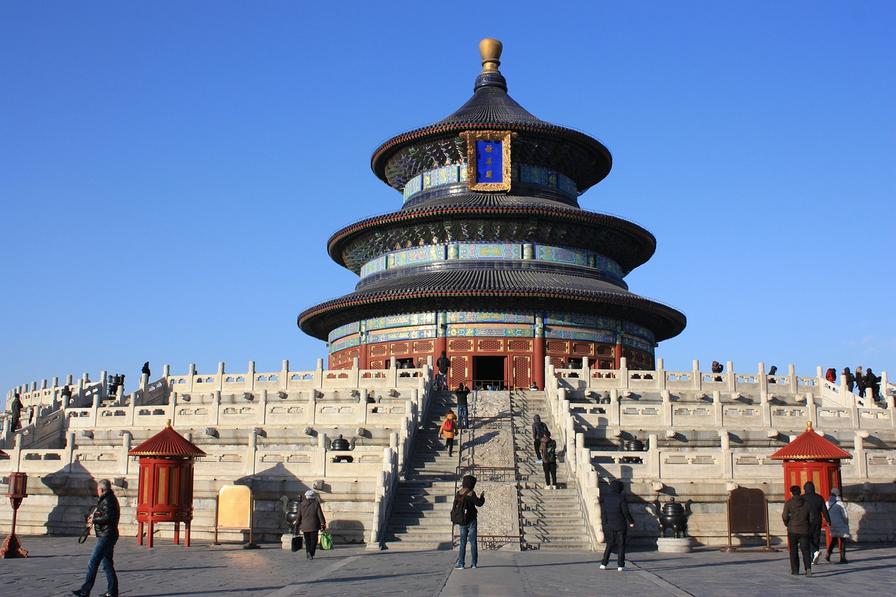
2. The Nomadic Empires and Steppe Strategy
China’s northern frontiers have historically been home to nomadic peoples from the steppes and Manchuria. For empires with roots out there, the ideal capital isn’t just about controlling China proper; it’s also about keeping close to their original homelands.
Steppe-based rulers—like the Jurchen tribes or Mongols—had to strike a balance. They needed a capital close enough to the steppe for quick communication and defense, yet inside China to access its vast economic riches. Beijing fits this bill like a glove.
3. Song Dynasty vs. Conquest Dynasties: A Brief History
Between the 900s and 1200s, China saw division. The Song dynasty ruled the south, while northern “Conquest” dynasties such as the Khitan Liao, Jurchen Jin, and Western Xia claimed the north.
The Jurchen, originating from Manchuria, understood the crucial importance of holding territory near their steppe homelands. According to scholars like Michael Barfield, these nomadic-based empires deliberately fomented “steppe disorder” to keep rivals weak. Their proximity to the steppes through capitals near Beijing was part of that strategy.
4. Yuan Dynasty: The Mongol Capital Choice
When the Mongols conquered the Southern Song, they chose Beijing as their capital. It was close to their steppe heartlands—perfect for maintaining connections with their origins. Plus, it granted them access to China’s economic engines.
But Beijing had challenges. Winters were harsh, and the city couldn’t sustain itself without massive resource flow from the south. The Grand Canal was critical—a watery lifeline funneling food and goods north. Without it, governing from Beijing would have been impossible.
5. The Ming Dynasty and the Yongle Emperor’s Power Play
A major turning point came under the Ming. The Yongle Emperor, originally the Prince of Yan based in Beijing, launched a successful campaign to claim the throne. Instead of repairing the southern Nanjing palace, he made a bold move: he shifted the capital to Beijing.
This decision was strategic. Beijing was his power base and sat close enough to watch Mongol threats. Yet, some might say it was short-sighted. The city was vulnerable to northern invasions and eventually saw Mongols recapture it during the Ming period.
6. Qing Dynasty: Echoes of the Steppe Calculation
The Qing, Manchu conquerors from the northeast, faced the same dilemmas as earlier steppe empires. They needed a capital that allowed them to remain near their homelands but also firmly in control of China. Beijing fit perfectly. It was a natural choice reflecting their priorities.
7. The Communist Era: Strategic Necessity Reigns Again
Fast forward to the 20th century. The Communist Party, after the grueling Long March, kept strongholds in northern China. The south was fractured due to wars with Japan and civil strife. Initially, Nanjing was Nationalist territory. Given this war-torn southern landscape and their northern bases, settling in Beijing as the political capital was pragmatic.
Plus, maintaining Beijing gave the Communists historical legitimacy and continuity in ruling China.
Why Not Other Cities?
Many ask, “Why not Shanghai, the economic powerhouse, or Nanjing, once a capital?” Both cities have merits. Shanghai pulses with commerce and global influence. Nanjing has rich historical significance.
But from a strategic and survival perspective, neither city offers the same combination of defense, access to northern borders, and closeness to the homelands of past nomadic rulers. Being in the north makes Beijing not only a political but a symbolic fortress.
A Quick Recap
- **Longevity of regimes:** Yuan through Communists all favored Beijing for sustained control.
- **Proximity to steppe roots:** Crucial for nomadic-origin dynasties wanting to keep homeland ties.
- **Economic supply lines:** Relied heavily on the Grand Canal linking north and south.
- **Geopolitical positioning:** Near northern frontiers to manage threats and diplomacy.
- **Historical power struggles:** Ming’s Yongle Emperor shifted capital to Beijing during a coup.
- **Modern political convenience:** Communist bases in the north made Beijing the obvious choice.
Final Thoughts: Could Beijing’s Reign End?
Is Beijing’s position invincible? In theory, no place reigns forever as a capital, especially in a country as vast and diverse as China. But for now, its unique blend of history, geography, and politics cements its place.
The city embodies centuries of power struggles, cultural shifts, and survival strategies. If you think about it, what other city could tell such a detailed story just by standing still?
So next time you think about China’s capital, remember: it’s not just a dot on the map. It’s the product of centuries of smart, tough choices by emperors, nomads, and revolutionaries alike.
